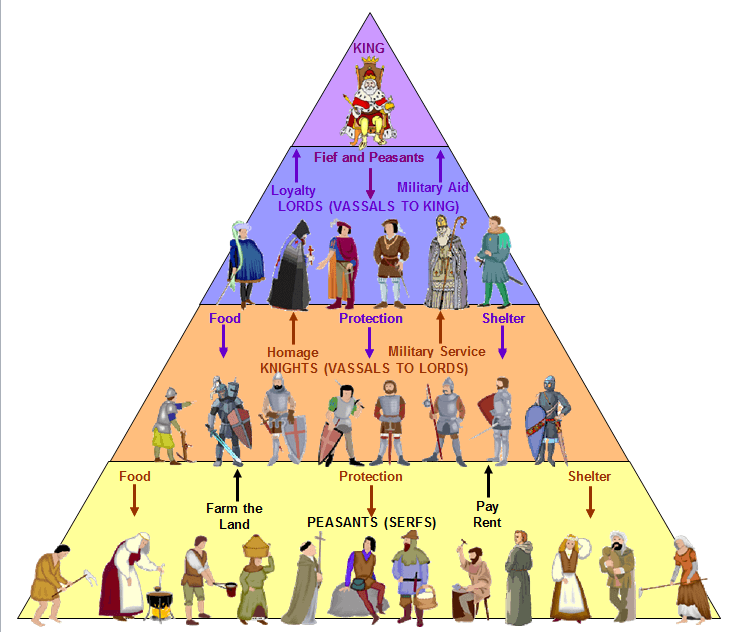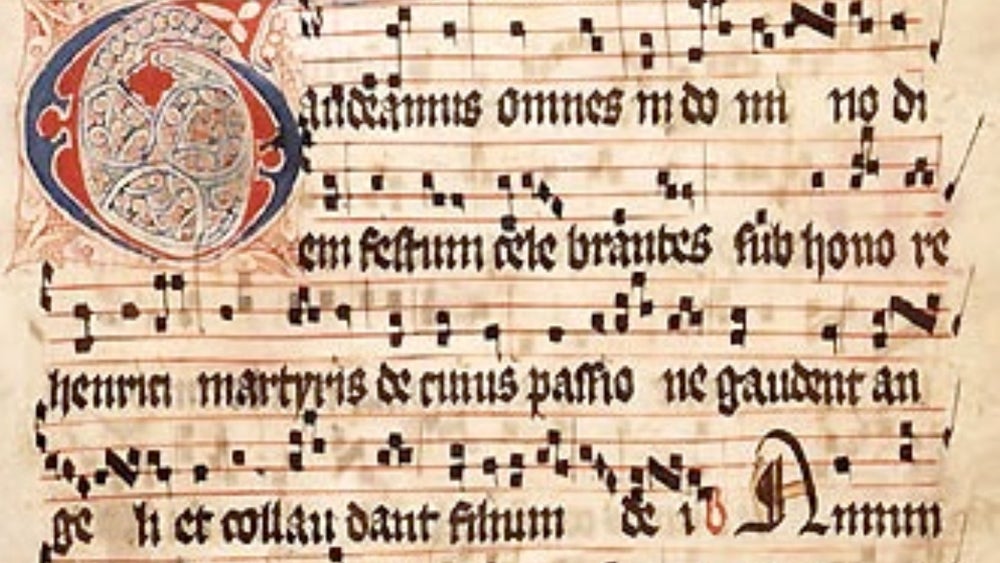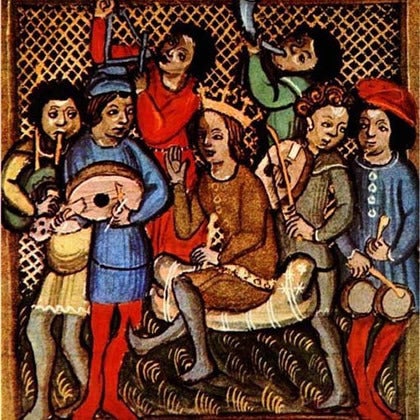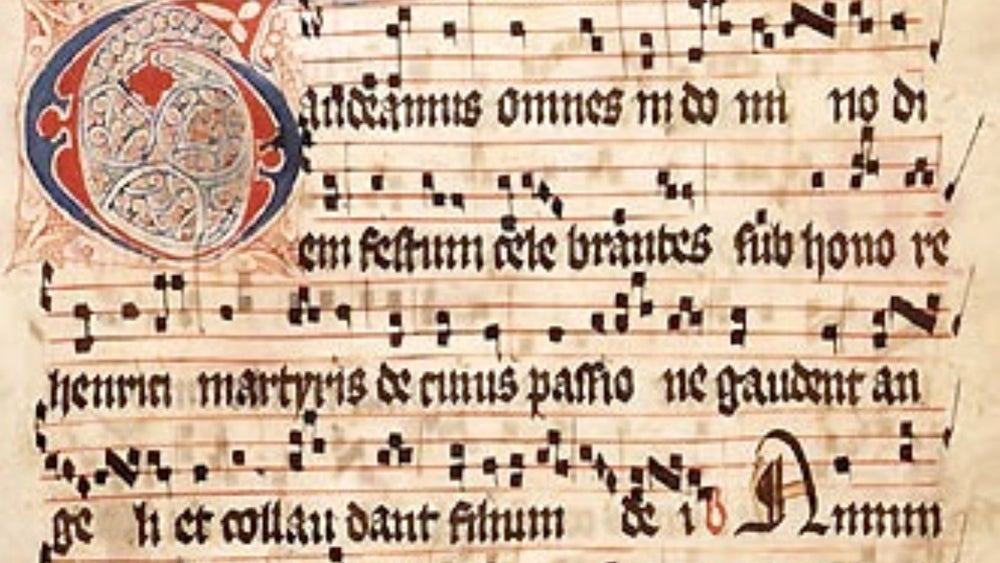
Music 110 Music Middle Ages Fall 21
Assessment
•
Salvatore IV
•
Arts
•
9th Grade - University
•
56 plays
•
Hard
Improve your activity
Higher order questions
Match
•
Reorder
•
Categorization
.svg)
actions
Add similar questions
Add answer explanations
Translate quiz
Tag questions with standards
More options
16 questions
Show answers
1.
Multiple Choice
The phrase Middle Ages refers to the period...
450-1000
1000-1150
1150-1450
450-1450
2.
Multiple Choice
During the Middle Ages, what institution was the center of musical life?
The church
The castle
The merchant's living room
The king's court
3.
Multiple Choice
Gregorian chant or Plainchant _______.
is monophonic and set to sacred Latin texts
retained some elements of the Jewish synagogue of the first centuries after Christ
was the official music of the Roman Catholic church for more than 1,000 years
All answers are correct.
4.
Multiple Choice
Who was Hildegard of Bingen?
The first woman composer to leave a large number of works that have survived
Abbess (nun) of the convent at Rupertsberg
A visionary and mystic active in religious and diplomatic affairs
All answers re correct.
5.
Multiple Choice
_________ lived in Southern France and wrote poems in the Provençal language; while _________ flourished in Northern France and wrote in Old French.
troubadours; trouvères
trouvères; roubadours
troubadours; jongleurs
troubadours; jongleurs
6.
Multiple Choice
The wandering minstrels, or jongleurs, of the Middle Ages ______.
entertained in castles, taverns, and town squares
Provided news and current events
played instrumental dances on harps, fiddles, and lutes
All answers are correct.

Explore this activity with a free account
Find a similar activity
Create activity tailored to your needs using
.svg)

Piano Note Quiz
•
3rd Grade

The Medieval Period Quick Recap
•
6th - 8th Grade

Medieval Music Review
•
6th - 8th Grade

Classroom Musical Instruments
•
1st - 5th Grade

Middle Ages
•
4th Grade

Note Values
•
6th Grade

Classical Era Musician Quiz
•
7th - 10th Grade

Choose the Correct Solfege Phrase
•
KG - 2nd Grade



